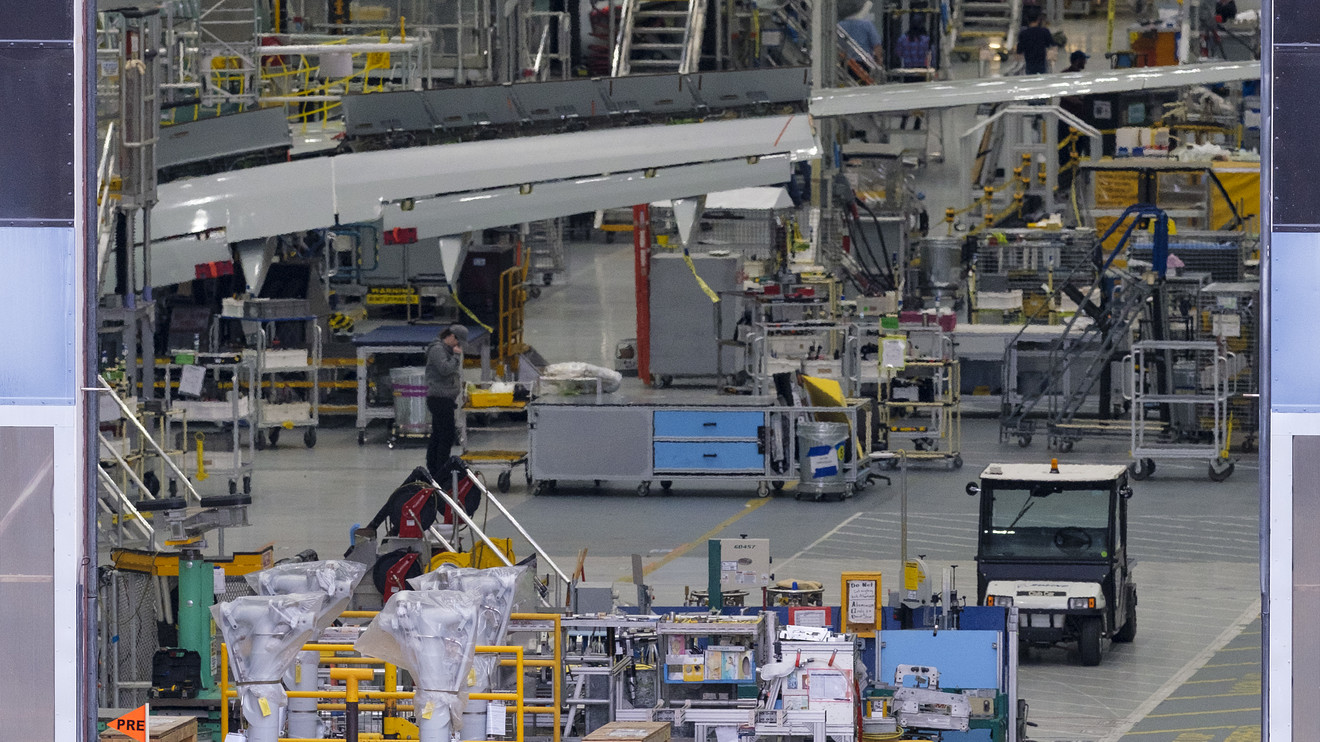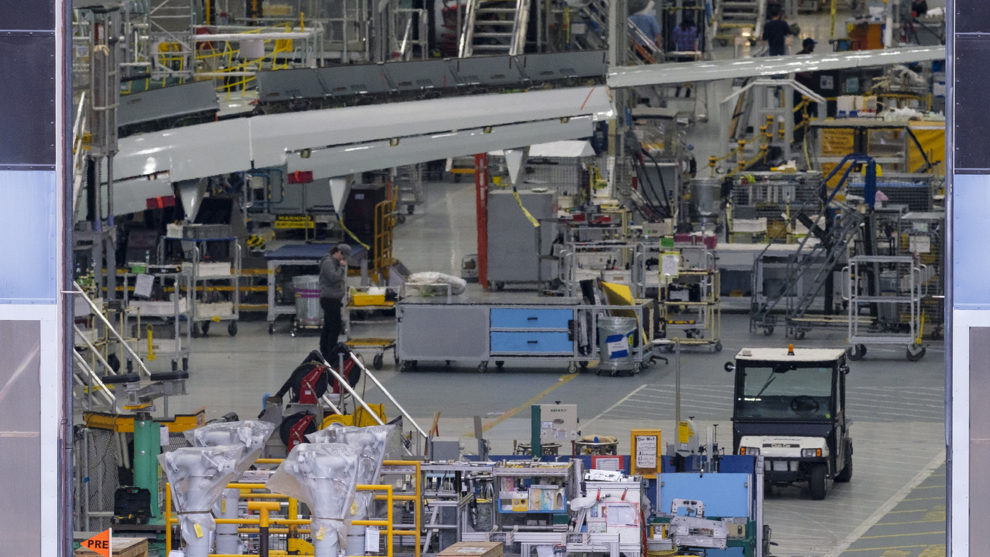
The numbers: Industrial production fell 0.3% in January, marking the fourth decline in the past five months, the Federal Reserve reported Friday.
The drop in January was in line with Wall Street expectations.
What happened: The decline mainly reflected warmer weather, which cut utility output, and a significant slowdown in civilian aircraft production. Boeing Co. BA, -0.11% suspended 737 MAX production in January as it struggled to win regulatory approval of safety changes made to the aircraft following two deadly crashes.
Factory activity edged down 0.1% in January. Excluding civilian aircraft, manufacturing rose 0.3%.
Production of autos and parts rose 2.4% in January, a partial rebound from a 5.1% decline in the prior month. Utilities production fell 4% in January, because of the warm weather.
Mining production, which includes oil-and-gas extraction, rose 1.2% in January. Output of business equipment slumped 2.6%.
Capacity utilization fell to 76.8% in January, the lowest rate since September 2017. The capacity utilization rate reflects the limits to operating the nation’s factories, mines and utilities. It is well below prerecession levels.
Big picture: Manufacturing continues to struggle, with Boeing’s woes only the latest in a long series of headwinds, including trade tension, the strong dollar and business uncertainty. However, the closely watched ISM factory index rose over the break-even 50 level for the first time in five months in January. This has raised hopes the sector could show some resilience in coming months.
Market reaction: Stocks DJIA, -0.03% opened slightly higher Friday as investors follow reports of the spread of the COVID-19 infection.
div > iframe { width: 100% !important; min-width: 300px; max-width: 800px; } ]]>





